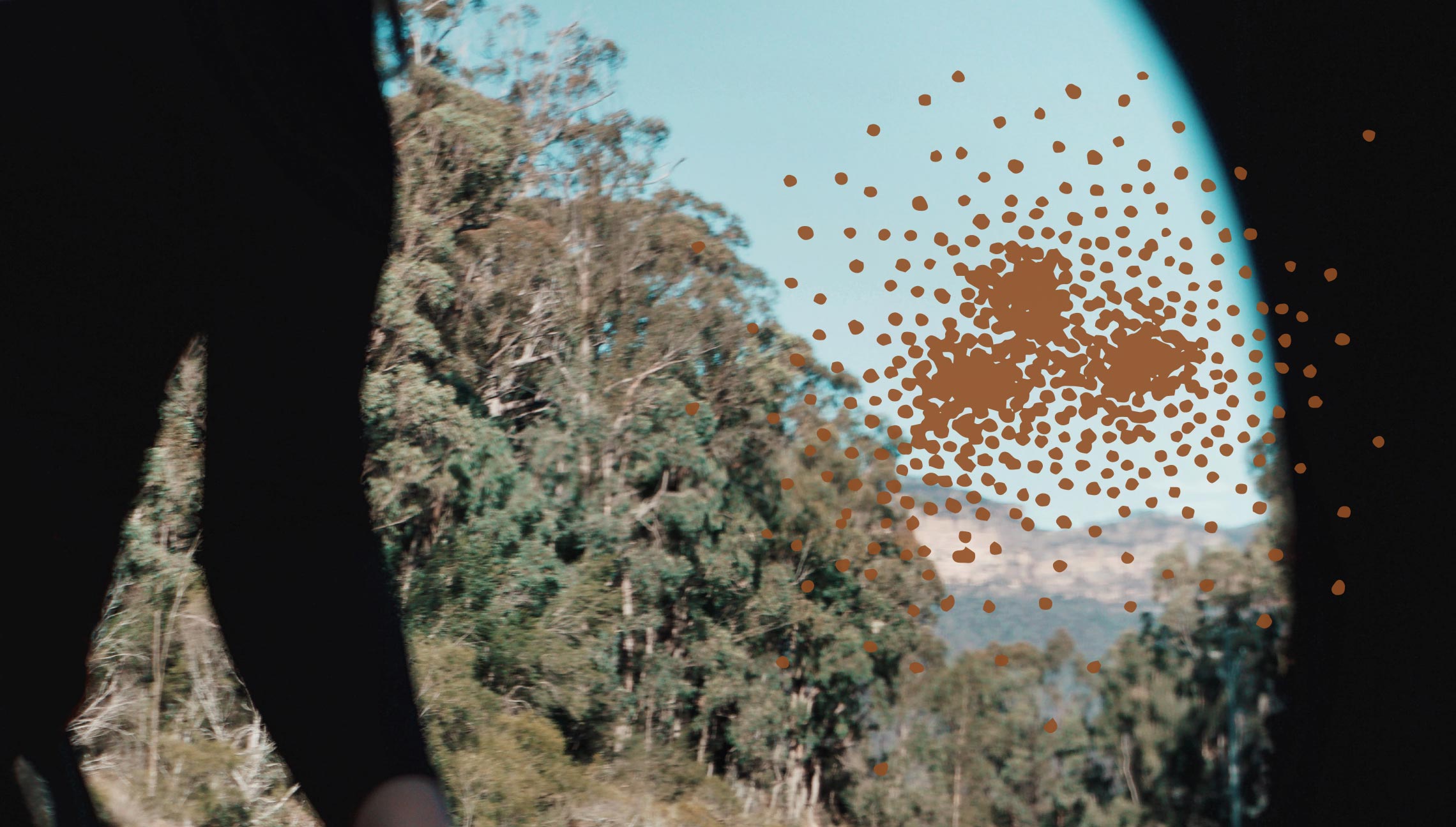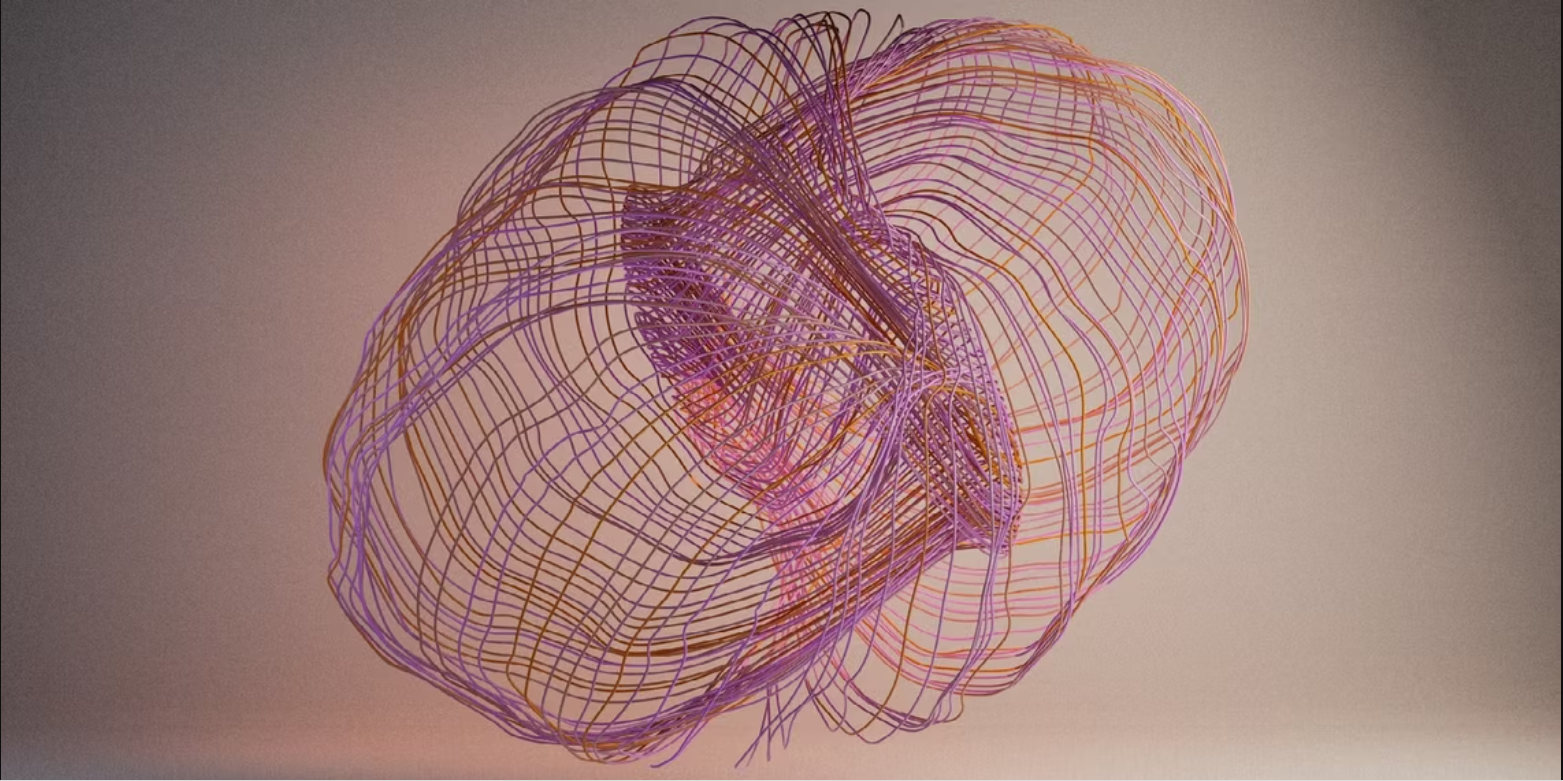Beyond Artificial Intelligence#
A key driver to reinvigorate cybernetics for this moment is to generate possible futures that are unmoored from narrow, simplistic perspectives on technology.
Mary Catherine Bateson, daughter of Gregory Bateson and Margaret Mead who participated in the early cybernetics conferences, wrote of the trajectory of cybernetics in the latter half of the 20th century:
“The tragedy of the cybernetic revolution, which had two phases, the computer science side and the systems theory side, has been the neglect of the systems theory side of it. We chose marketable gadgets in preference to a deeper understanding of the world we live in.”
At the School of Cybernetics, we want to draw focus again to the systems theory side of cybernetics.
Too often Artificial Intelligence (AI) is divorced from a systems perspective. The surge in public conversation about intelligent machines has trended toward simplifying “artificial intelligence” as a catch-all. There are many definitions of AI — and many, many more imaginings about it.
When it comes to describing what the AI actually is or does, there’s usually a more mundane term to explain it, each with its own field and subfields: machine learning, robotics, virtual reality, data mining. On the other hand, there are technologies that already exist—many of which we use every day—that use a range of computational techniques that could fall under the umbrella of AI, but which in practice aren’t called “artificial intelligence”: we call them search engines, drones, web stores, streaming platforms, social networks, voice assistants. And by some definitions, nothing we currently have is AI — artificial intelligence is the promise of something that hasn’t been invented yet.
We find it helpful to think not of AI, but of the constellation of technologies where data, networks, algorithms, machine learning and edge computing converge to transform the way computers and physical objects work. It is this constellation of technologies that is profoundly changing the world we live in.
So rather than AI, we focus on technology systems that can sense their environment, infer something from this data and act upon that data with real and unmediated effects on the world. A broad category for these systems is “cyber-physical systems” or CPS. Drones, autonomous vehicles, smart city infrastructure, wearable tech; these technologies are just the start of CPS going to scale.
With advances in machine learning, these systems are moving rapidly towards being “proactive”, that is, capable of action without immediate reference to human controls, and being “intelligent” in that they can learn and adapt their action according to new information.
These systems - complex dynamic ones - will require new models of leadership, new kinds of critical thinking and critical doing, and new sorts of training. We need to be thinking beyond AI as a singular technology to see the constellation of technologies that make up sensing and acting systems. Plus, we need to think beyond these systems to look at the broader human and environmental implications of technologies that can sense and act in the world. This is the work of the School of Cybernetics.

